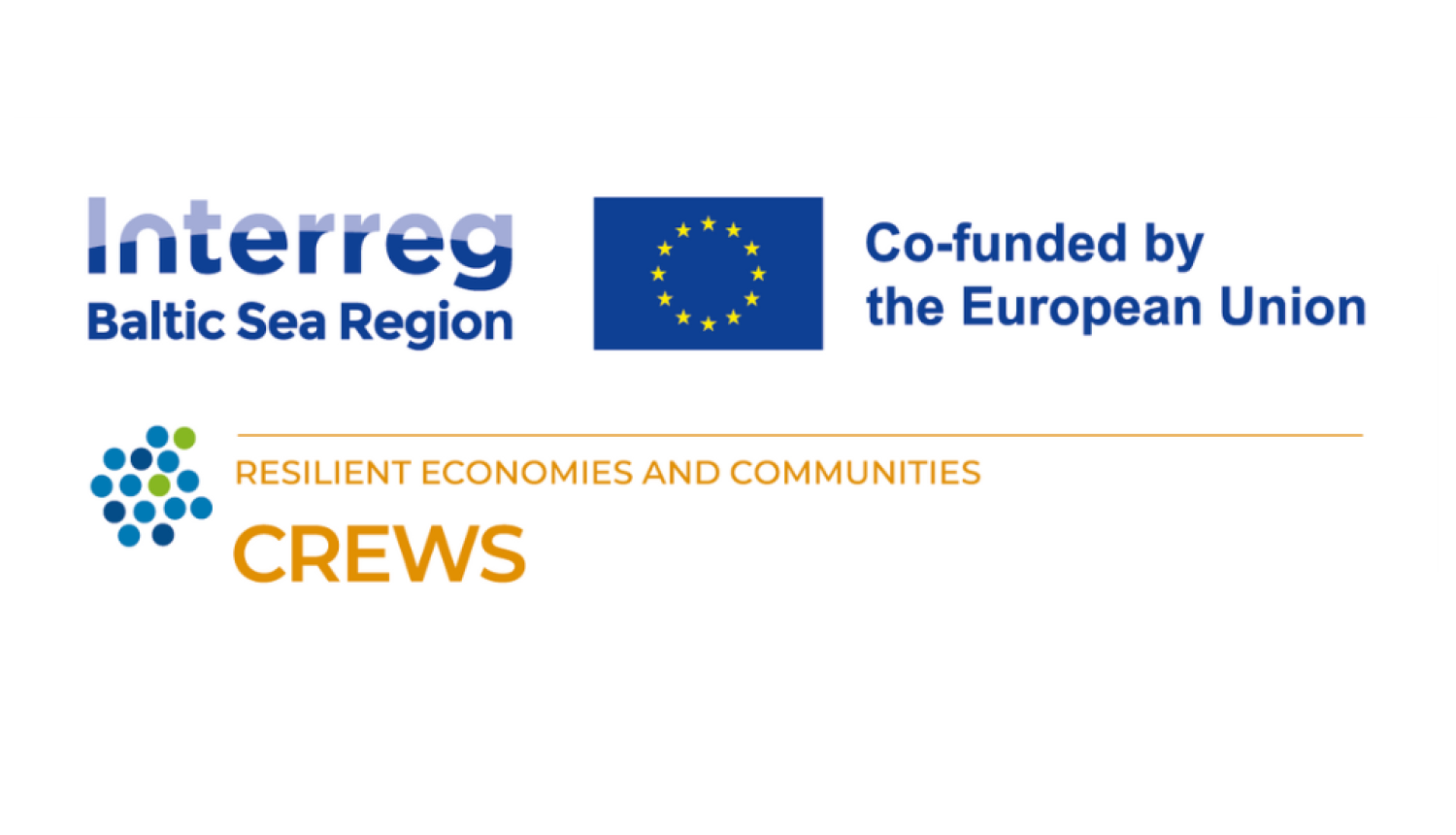Project
The CREWS project addresses the growing need to strengthen disaster risk reduction (DRR) capacities in the Baltic Sea Region. By harnessing the potential of civil society, CREWS empowers local communities and helps bridge the gap between formal institutions and informal actors in crisis situations.
The CREWS project – or Enhancing Capacities in Disaster Risk Reduction by Facilitating Public–Civil Cooperation – promotes cross-border cooperation and knowledge exchange to develop a joint collaboration mechanism between public authorities and civil society, tailored to regional needs. Its key outputs – a cooperation model and a digital coordination tool – support more effective coordination and encourage a whole-of-society approach to crisis management and resilience-building.
CREWS contributes to the EU Strategy for the Baltic Sea Region (EUSBSR), notably Policy Area Secure, by enhancing preparedness and response capacities and advancing a shared societal security culture. It also supports Policy Area Innovation.
Running from March 2025 to February 2028, CREWS is led by the District Office of Altona of the Free and Hanseatic City of Hamburg and co-funded by the Interreg Baltic Sea Region Programme. The partnership includes 13 organisations, representing municipalities, rescue services, academic institutions, and civil society.
Official website: https://interreg-baltic.eu/project/crews/
What CREWS aims to achieve:
- Strengthen public–civil cooperation: Foster effective collaboration between public authorities and civil society in disaster risk reduction. /
- Enhance community resilience: Empower local communities to respond swiftly and inclusively to a wide range of crises.
- Build institutional capacity: Equip authorities and first responders with practical tools and training for improved crisis coordination.
- Activate civil society engagement: Enable volunteers and NGOs to take on a structured, meaningful role in disaster preparedness and response.
- Develop adaptable solutions: Create a cooperation model and digital tool that can be scaled and transferred across different contexts and countries.
Key activities
- Developing a collaboration mechanism: Co-design a model for structured cooperation between public authorities and civil society actors, adaptable to regional and national contexts.
- Creating the digital coordination tool: Build a user-friendly tool to support resource and volunteer management during disasters, tested in real-life scenarios.
- Designing and delivering training: Develop training programmes and materials to support the effective use of the collaboration mechanism and digital tool.
- Piloting and refining solutions: Test the model and tool in scenarios involving extreme weather events and military crises, integrating lessons learned into final outputs.
- Disseminating results and informing policy: Engage stakeholders, promote uptake through networks and platforms, and connect project outcomes to policy development.
Background
The Baltic Sea Region faces a growing range of threats—including floods, droughts, pandemics, and geopolitical tensions—that challenge the resilience of communities across the EU. Traditional disaster management often relies heavily on state actors such as fire services, medical teams, and police. However, major crises like the COVID-19 pandemic and the war in Ukraine have exposed the limitations of this approach and highlighted the vital role of local communities and civil society in effective crisis response.
Despite this, many countries in the region have not fully integrated civil society actors into their disaster risk reduction systems. A reliance on rigid command-and-control models can hinder flexible, coordinated responses during complex emergencies.
CREWS seeks to bridge this gap by building skills, capacities, and trust between state authorities and local civil society. By fostering inclusive cooperation and strengthening local networks, the project aims to ease the burden on state services and enhance overall disaster resilience in the Baltic Sea Region.
Project duration
March 2025 – February 2028
CREWS project partners
- Free and Hanseatic City of Hamburg, District office of Altona, Germany (lead partner)
- City of Warsaw, Poland
- Council of the Baltic Sea States (CBSS),
- Danish Civil Protection League
- Estonian Rescue Board
- Finnish National Rescue Association
- Fire and Rescue Department under the Ministry of Interior of the Republic of Lithuania
- Hamburg Fire and Rescue Service (HFRS), Germany
- Jelgava Municipality institution “Jelgava digital centre”, Latvia
- Klaipeda University, Lithuania
- Lithuanian Red Cross Society
- State Fire and Rescue Service of Latvia
- University of Eastern Finland
Funding
CREWS is funded by the EU’s Interreg Baltic Sea Region Programme



